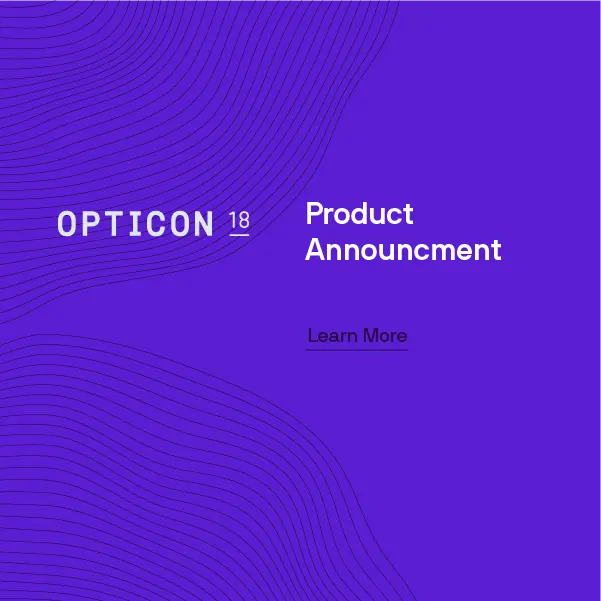Announcing Flexible Segmentation for Deeper Insights on Experiment Results
Today at Opticon, we announced the launch of Flexible Segmentation — a major enhancement to the segmentation capabilities of the Optimizely results page. Now analysts can drill-down into the most important granular segments and understand how they performed against key experiment metrics. This capability allows experimenters to: Combine multiple user attributes to pinpoint segments of

Evan Weiss

Today at Opticon, we announced the launch of Flexible Segmentation — a major enhancement to the segmentation capabilities of the Optimizely results page. Now analysts can drill-down into the most important granular segments and understand how they performed against key experiment metrics. This capability allows experimenters to:
- Combine multiple user attributes to pinpoint segments of interest
- Mitigate risk by validating experiment performance for key markets and user segments before implementing changes
- Discover over- or under-performing audiences and develop personalization strategies
For many experimenters, the Optimizely Results Page has become a go-to solution for analyzing the performance of A/B tests and personalization campaigns. There’s a lot to love:
- Real-time data, combining online and offline events
- Easy to interpret statistics courtesy of Stats Engine
- A wealth of measurement options beyond binary conversions (including Exit and Bounce Rate)
However, segmentation is an area where the Results Page had some limitations. Our customers use Custom Attributes to send rich user attributes to Optimizely with each of their tracked events. In the past, it was only possible to segment results by one of these attributes at a time.
For example, this limitation can be challenging for companies such as large retailers who run experiments across multiple brands and regions. Although a single experiment may target all users, brand managers need to be able to validate if a variation won for their specific brand and region. The fact that a variation won for a specific brand at the global level, or that a variation won across all brands in Europe isn’t enough.

I can analyze the performance of Athletic customers, or customers in the Asia / Pacific region, but what if I need to report on the performance of Athletic customers in the Asia / Pacific region??
Introducing Flexible Segmentation
I’m excited to announce a major enhancement to Optimizely’s segmentation capabilities. With Flexible Segmentation, it is now possible to combine multiple user attributes to further filter experiment results!

Now THAT’s more like it!
Key capabilities of Flexible Segmentation include:
- Combine an unlimited number of user attributes (Custom Attributes and Default Segments)
- Choose from Match All and Match Any modes to accomplish inclusive or exclusive analyses
- Results are recalculated in real-time, no waiting for offline reporting!
We think Flexible Segmentation makes the Optimizely results page much more powerful and empowers experimenters to analyze results with full fidelity for segments they care most about. Some of the use-cases supported by Flexible Segmentation include:
- Drilling down to understand how an experiment impacted the performance of a key market or user segment.
Oftentimes, a variation which is winning for all users may underperform for specific user groups. Experimenters can now verify that winning variations didn’t hurt performance for key user groups, giving them the confidence to launch a statistically-significant winner!
- Discovering over- or under-performing audiences to target with personalized experiences.
We talk a lot about how a winning personalization strategy starts from the insights gained from A/B testing. Advanced segmentation capabilities make it easier to operationalize this strategy by enabling you to drill down to specific targetable user groups in the context of experiment results to understand which content resonates with them. Winning content can then be deployed on a consistent basis via personalization campaigns.
If you’re as excited as I am about Flexible Segmentation, then you’ll be happy to learn that it is now generally available for all Optimizely X customers, for all platforms, and for all experiment types!
To learn more about how to use flexible segmentation, check out our knowledge base article.
Happy segmenting!
